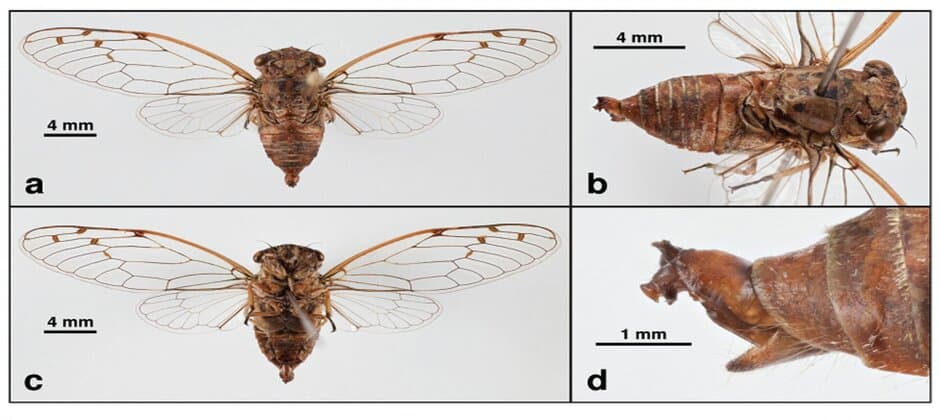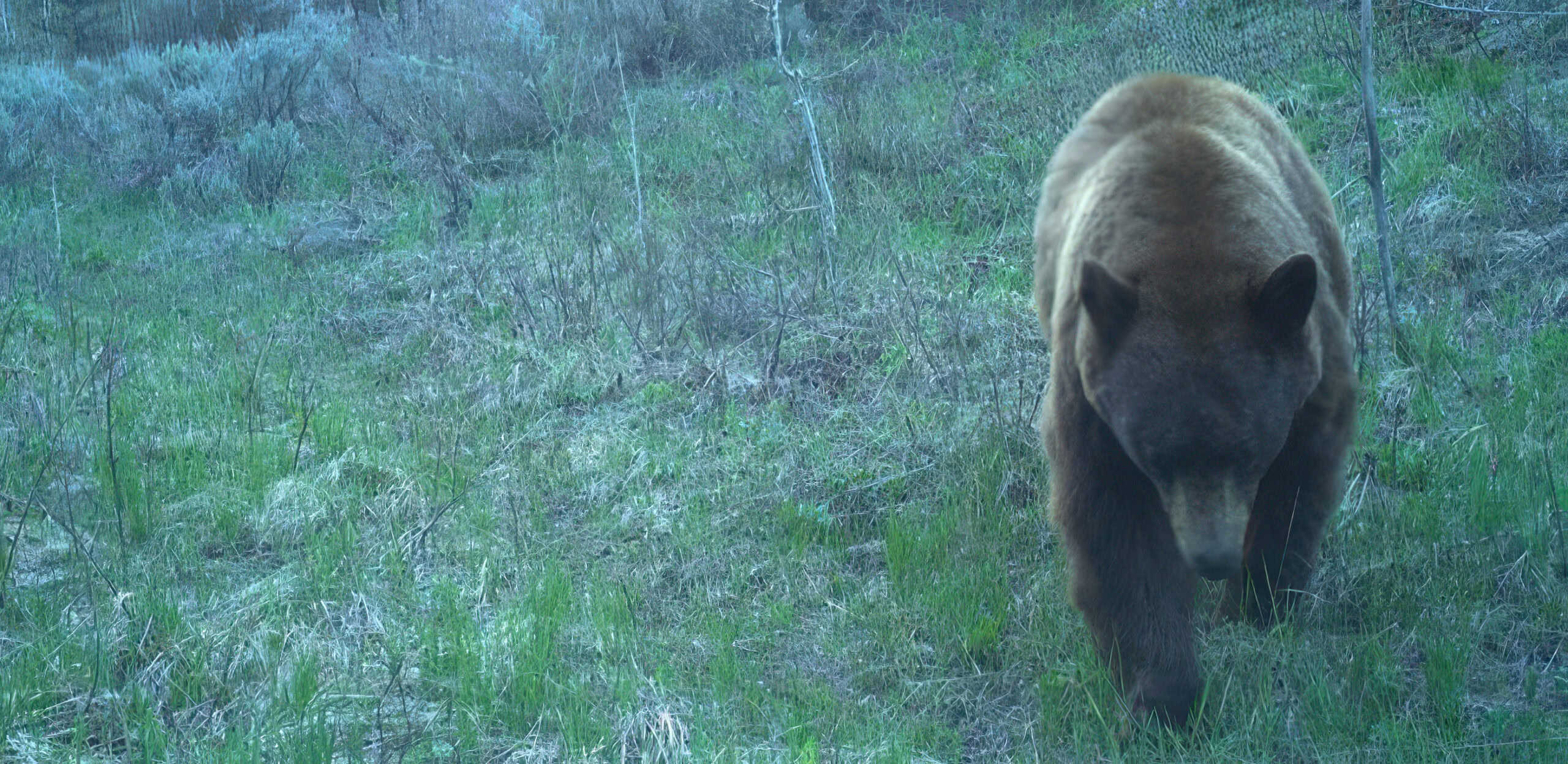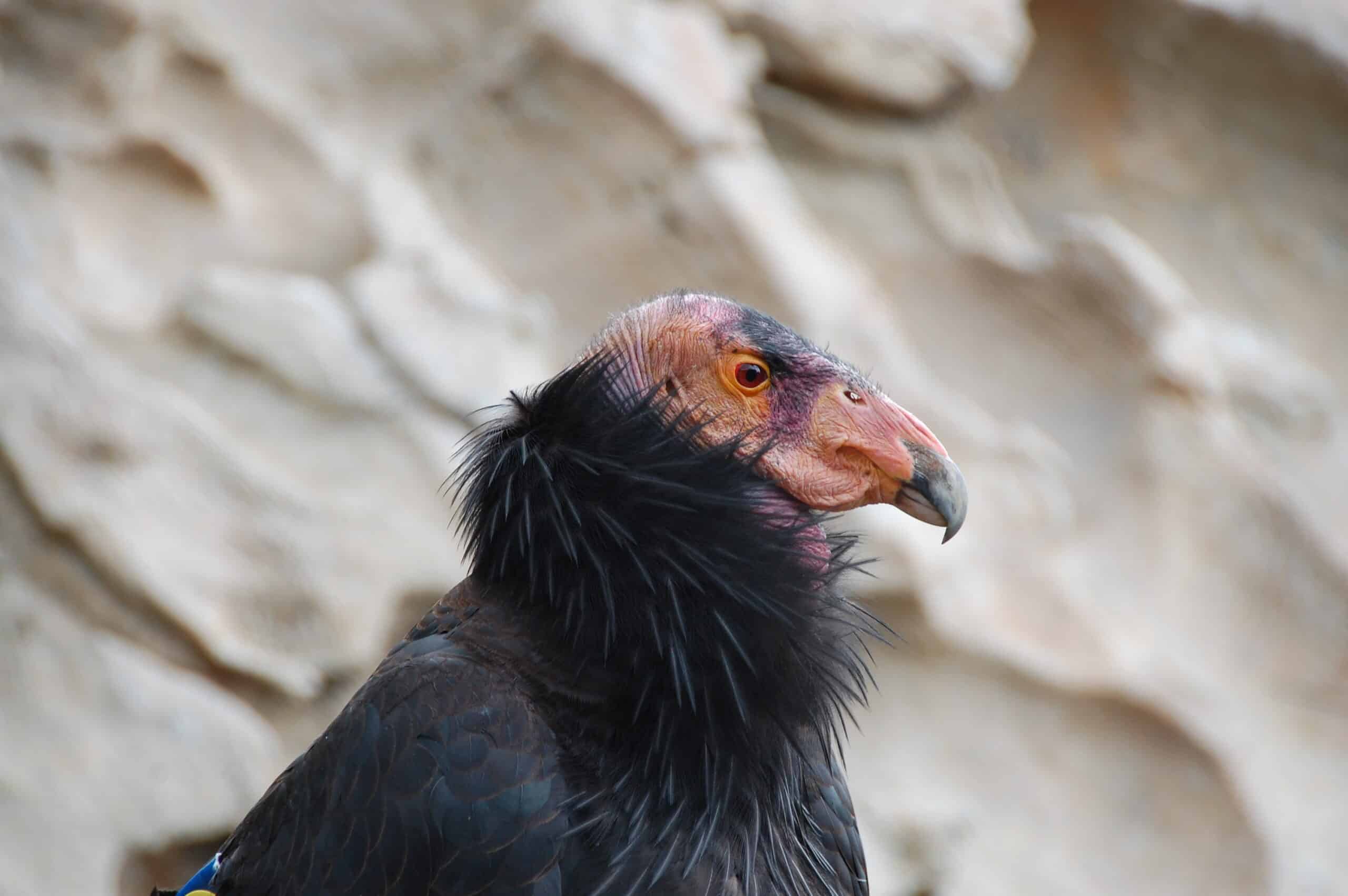Share this article
Researcher captive rears unknown cicada species in her potted plant
The serendipitous appearance of a cicada exoskeleton on a potted porch plant isn’t the typical cause for excitement for most people. But for Annette Aiello, a staff entomologist at the Smithsonian Tropical Research Institute (STRI) in Panama, it was the beginning of the beginning of some new discoveries, including a possible new species.
Only three species of cicadas have ever been successfully reared in captivity. The long periods many spend underground — sometimes up to 17 years in the case of the East Coast emergence this summer — can be a significant barrier to research of this type. But when Aiello made the discovery, she immediately built a cage around the potted mother in law’s tongue plant in Panama. Several years later, Aiello’s plant had produced 29 cicadas — both males and females — all emerging from her plant’s soil.
When Aiello and her collaborator took these specimens to the lab, they weren’t sure what species they were looking at. Given the long life cycles and cryptic nature of the nymphs, which spend years sometimes feeding on the roots of plants underground before emerging to morph into adults, this wasn’t necessarily surprising. In fact, researchers know little about what type of plants different species of cicadas feed on in their immature stages. Aiello’s experiment wasn’t only one of the few that has produced captive-reared cicadas, it’s also one of the few studies that has revealed what types of plant roots a given species feeds on.
But what was the species?
Aiello and her co-authors still don’t know as they couldn’t find anything in specimen collections to match their captive brood. The may well be a new species in the genus Pacarina, they believe.
Read more at Phys.org or read the study in Neotropical Biology and Conservation.
Header Image: A male Pacarina sp. reared on the mother-in-law’s tongue plant, Dracaena trifaciata. Credit: Annette Aiello








